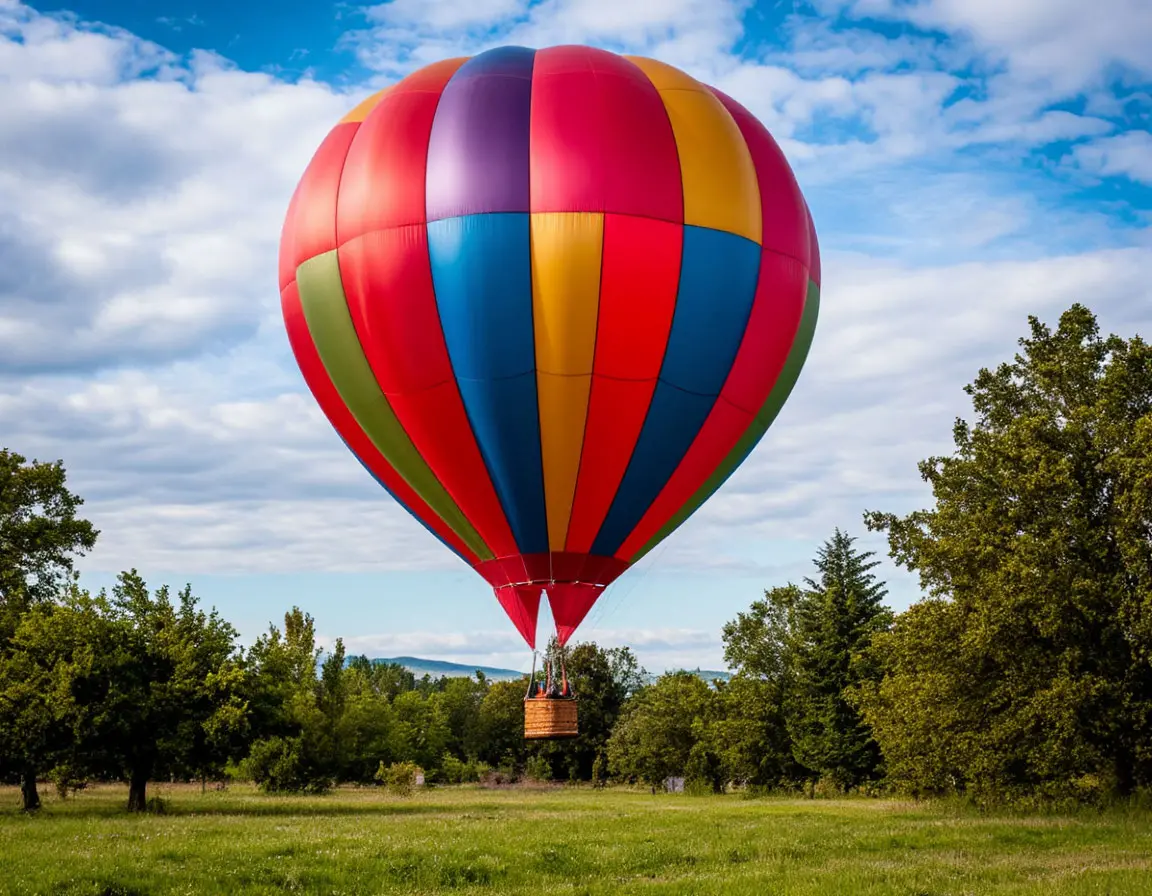
Envelope
The fabric that holds the hot air.
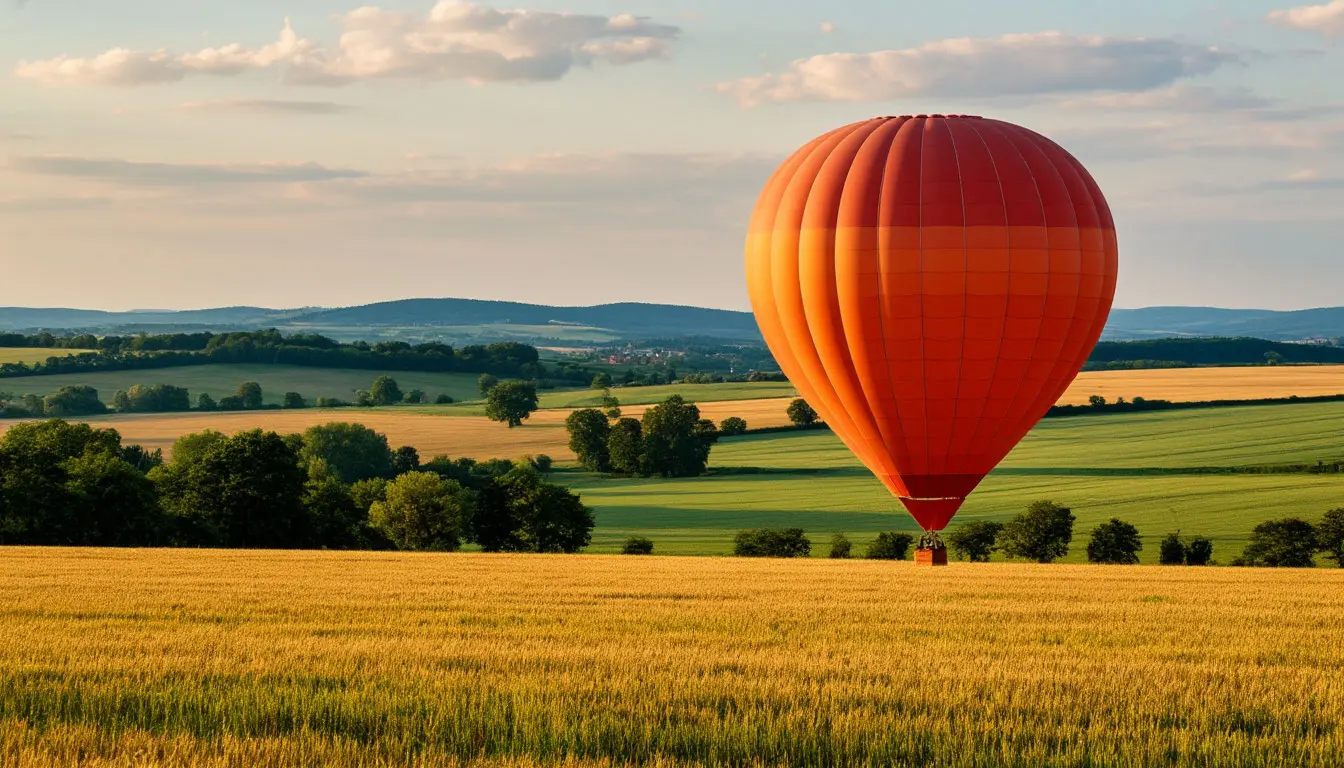
Get to know the key components.

The fabric that holds the hot air.
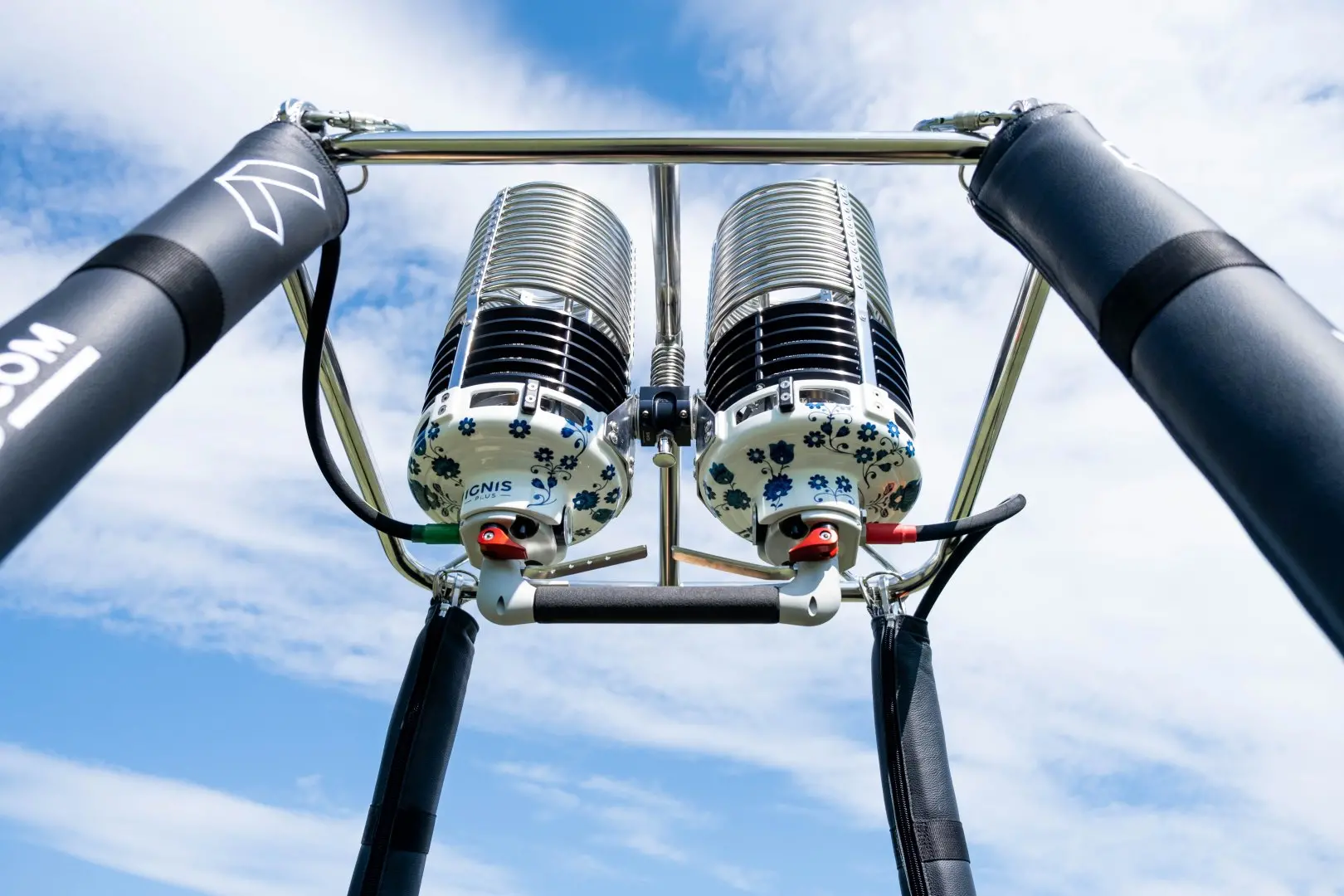
Heats the air to lift the balloon.
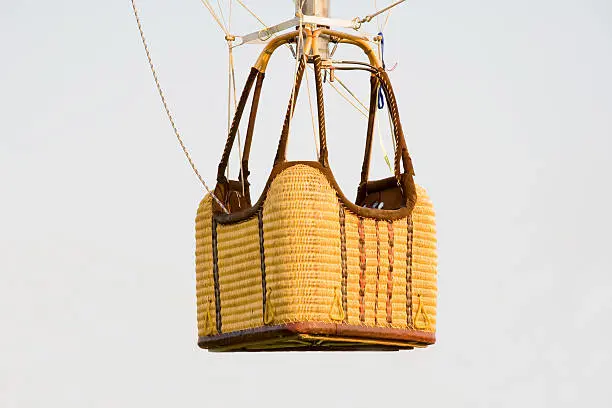
Where passengers and pilot stand.
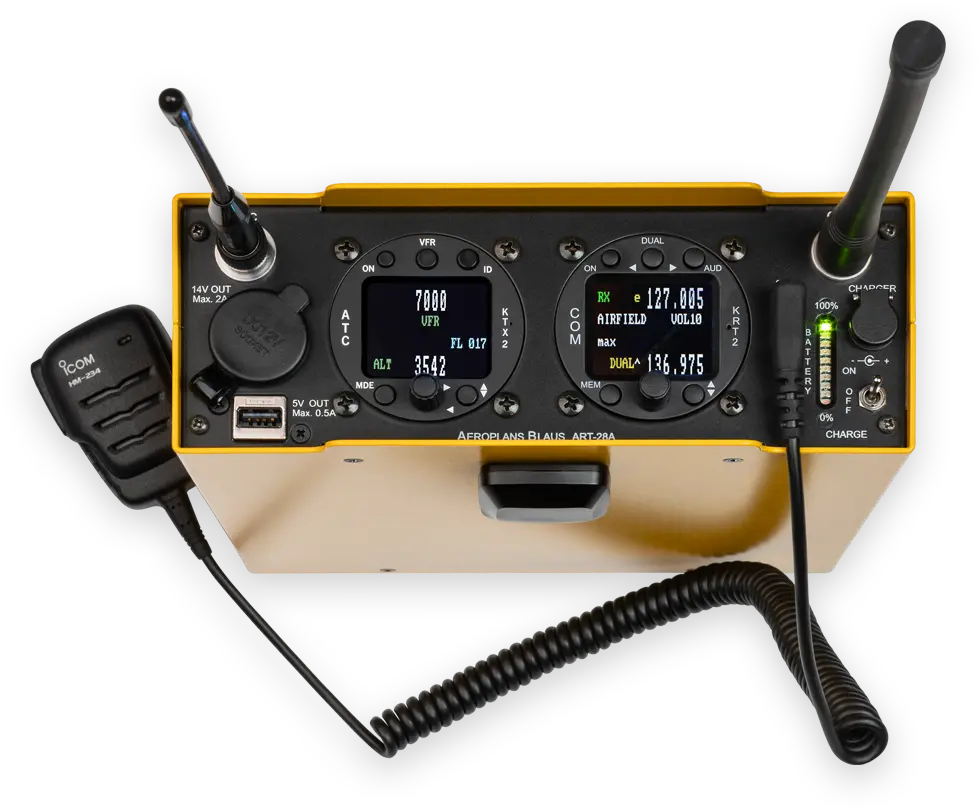
Tools for navigation and safety.

How we support your flight.
The science behind the lift.

Warm air inside the envelope is less dense than the cooler air outside, creating upward buoyancy that gently carries the basket aloft.
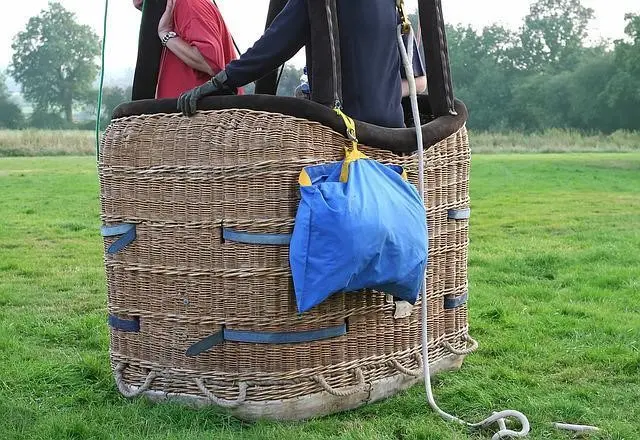
Weight planning keeps ascent smooth. Sandbags and careful passenger placement help maintain a comfortable balance throughout the flight.
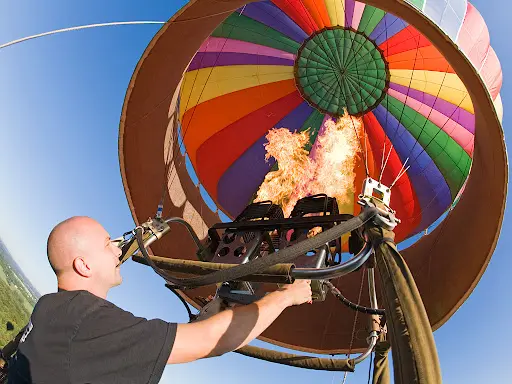
Pilots modulate heat with brief burner pulses to climb, then ease off or open top vents to level or descend—small adjustments, steady results.

How pilots guide the journey.
Control heat to adjust altitude with brief, steady pulses for smooth climbs.
Release hot air from the crown for gentle descents and level flight corrections.
Turn the envelope selectively so everyone gets the view, using side lines for calm, controlled rotation.
Altimeter, variometer, envelope thermometer, GPS, and clear radio calls keep the flight precise and coordinated with the chase crew.
What makes a perfect flight day.
Best below 15 km/h.
Avoid strong midday heat.
Clear skies enhance views.
No flights in heavy rain.

How we support your flight.
Step through a typical flight.
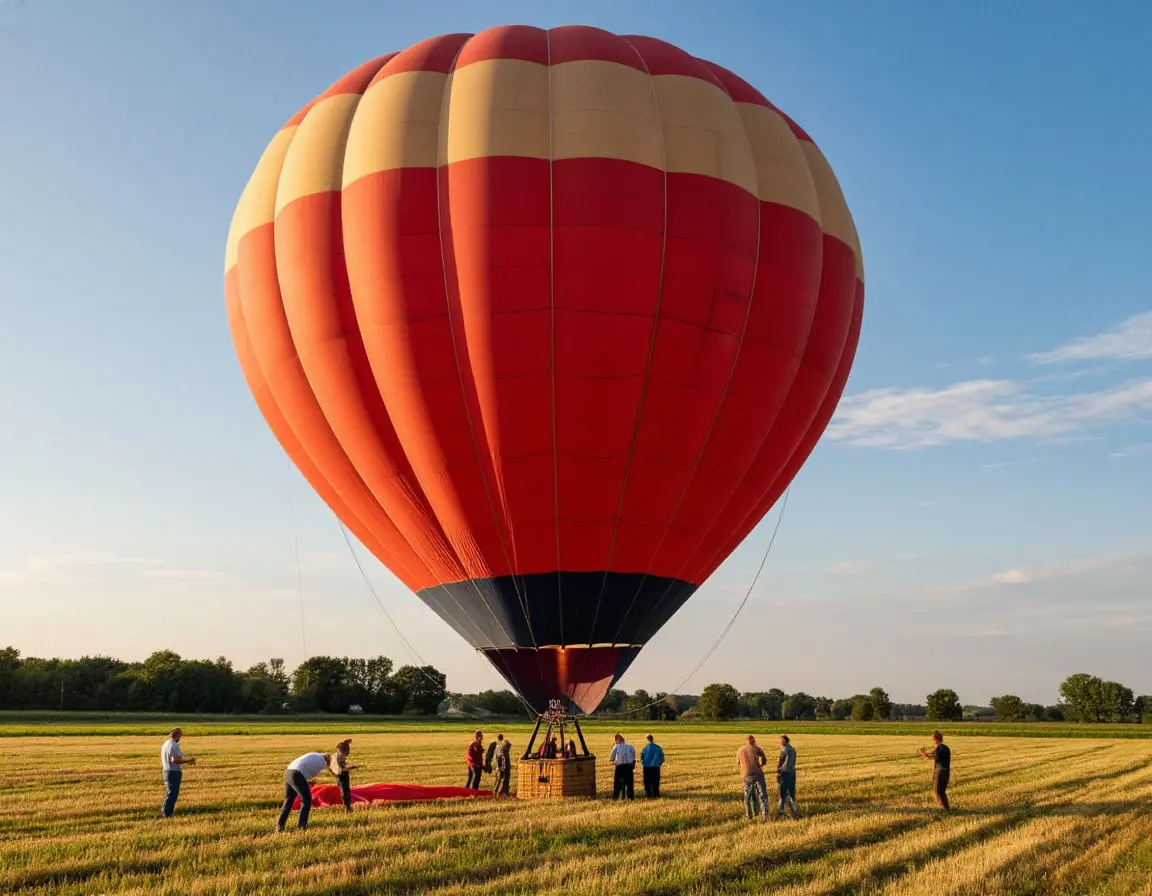
Crew fills the envelope with air.
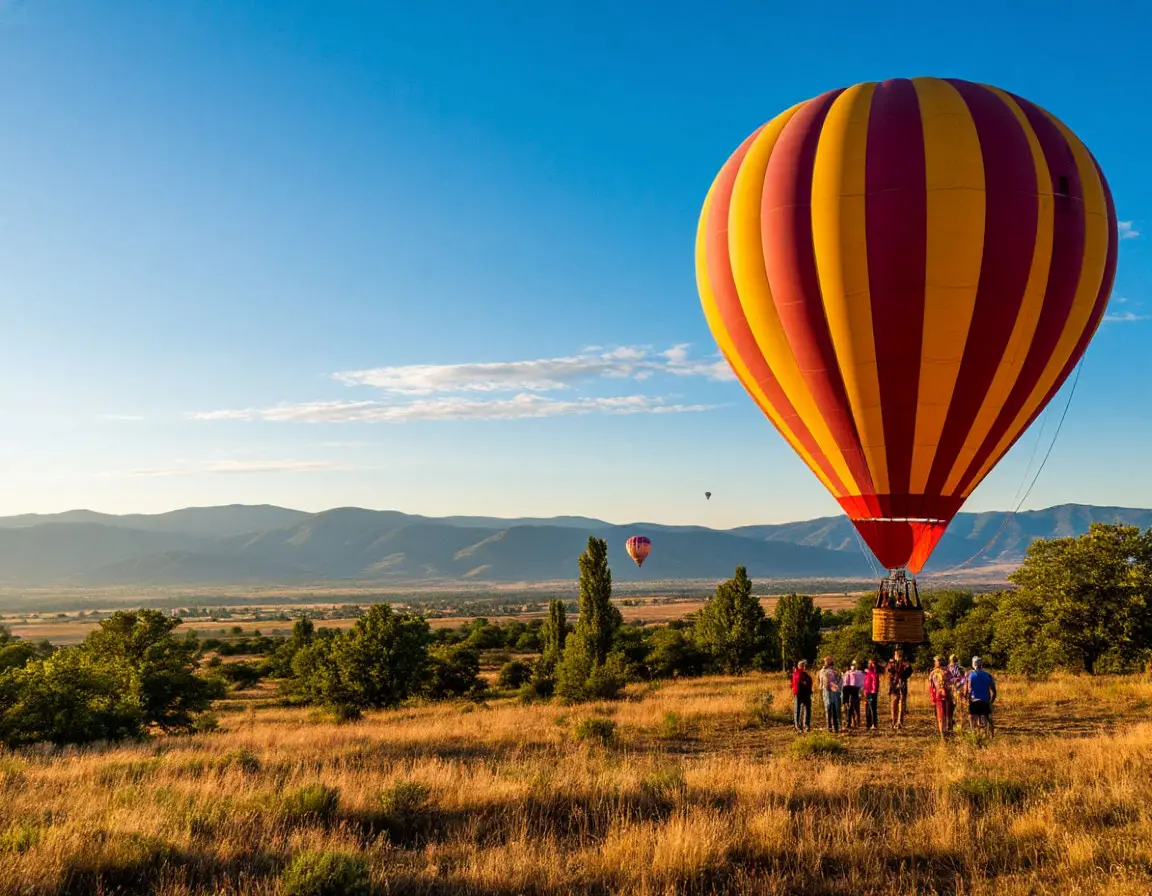
Gentle rise into the sky.
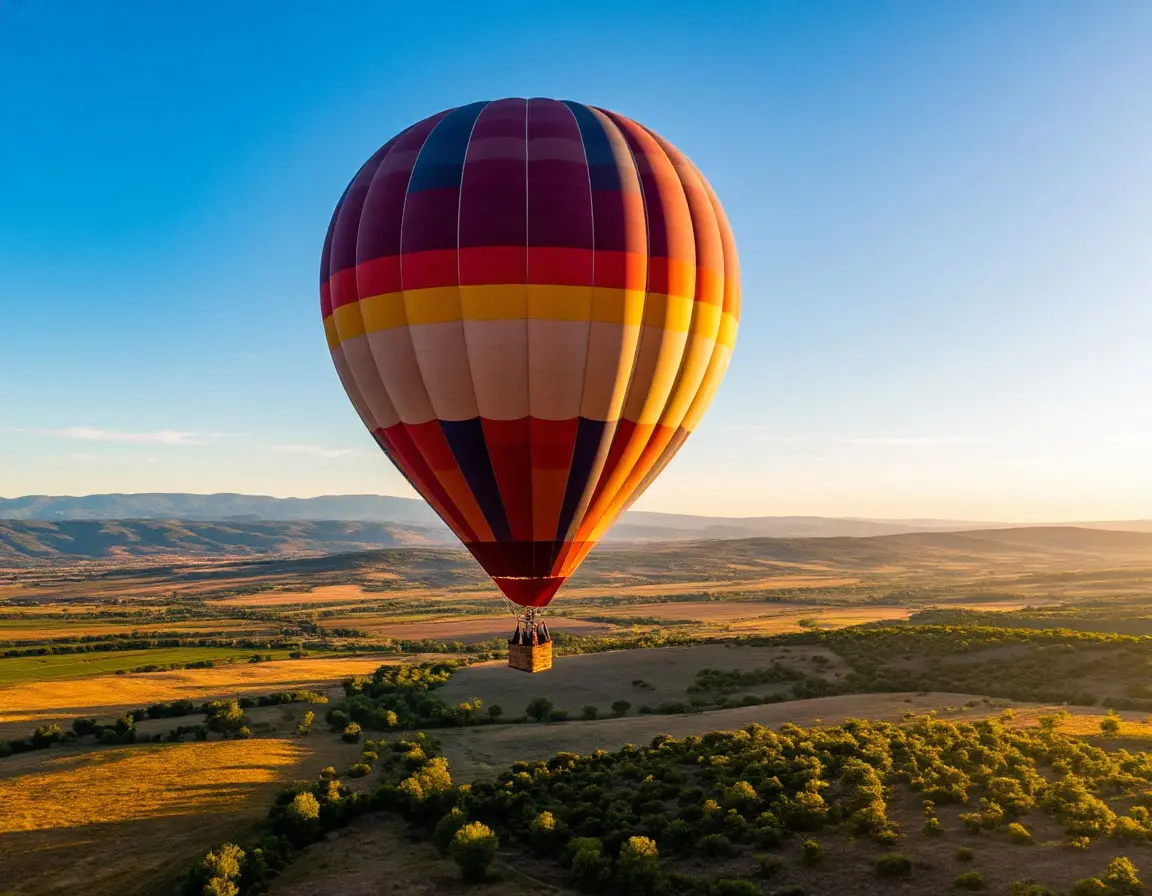
Enjoy the scenic float.
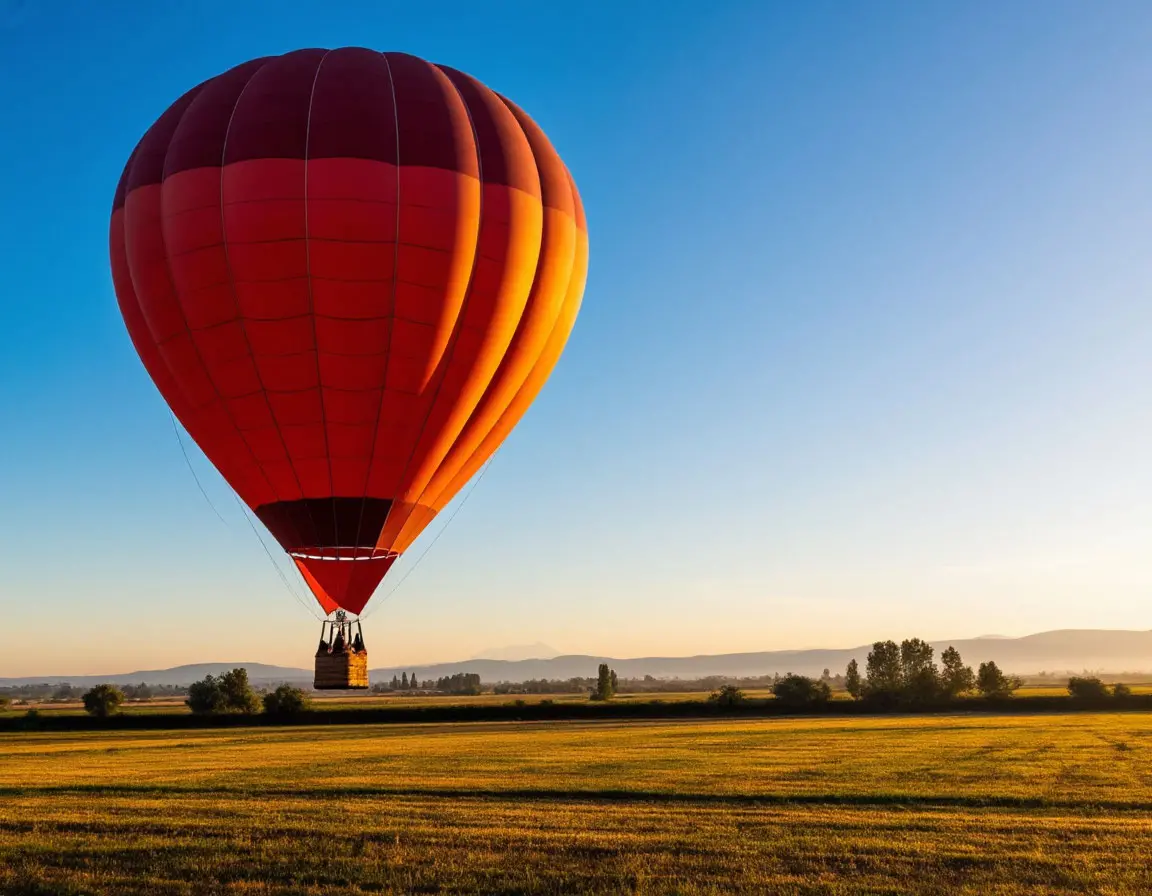
Pilot prepares for landing.
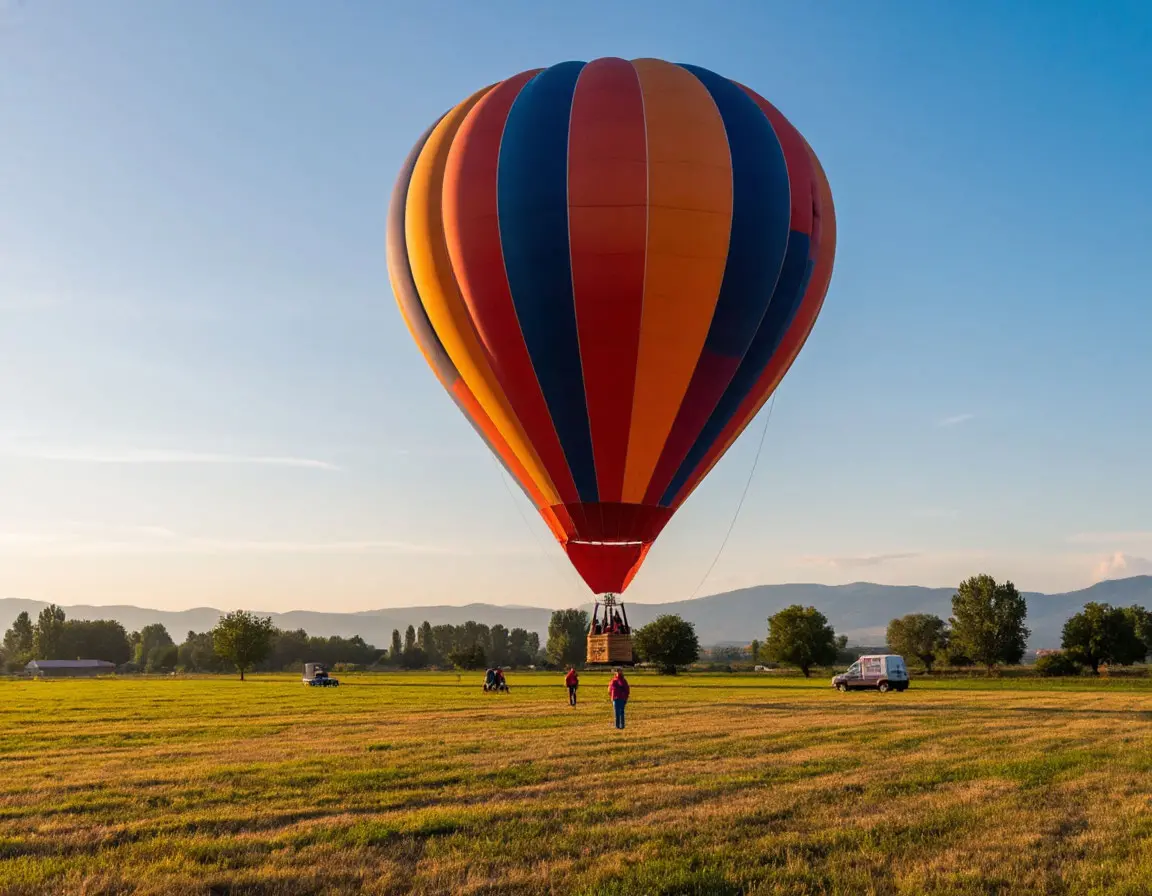
Smooth touchdown with crew support.
Separating truth from tall tales so you can enjoy the view with confidence.
Licensed pilots launch only in gentle conditions, typically at sunrise when winds are calm and predictable. Each flight starts with a checklist covering weather, equipment, and airspace.
Routes are chosen for open fields and good access so the chase team can meet the basket promptly after landing.
At different heights, wind can drift in slightly different directions. Pilots climb or descend to ride a layer that heads toward open, safe areas.
During approach, the pilot fine-tunes height to align with a suitable landing field the chase crew can reach.
Sunrise air is crisp, but brief burner use and calm winds keep things comfortable. Most guests are fine with light layers and closed shoes.
Dress like an early-morning walk: a hat or cap for radiant heat, no dangling scarves, and bring water for after landing.